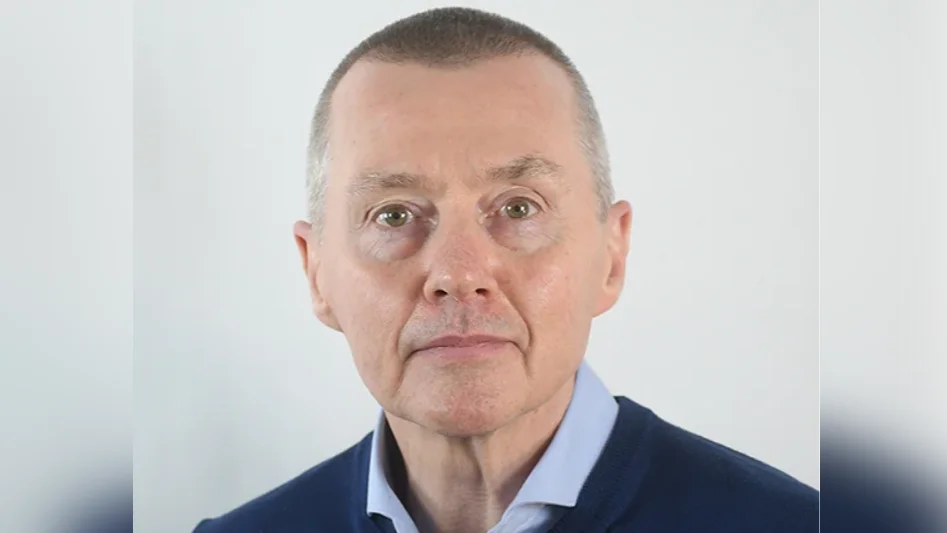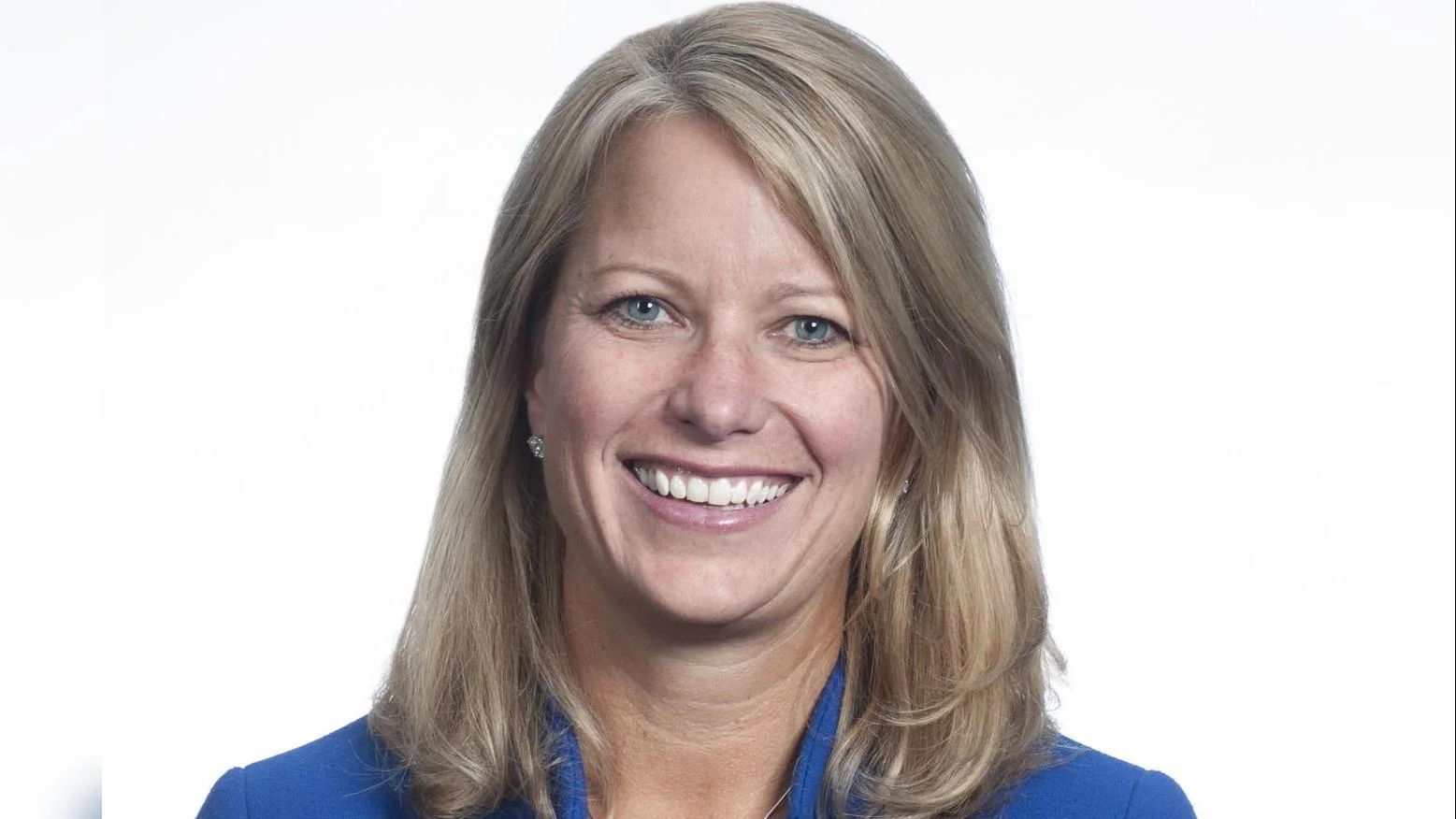“The technology is very well advanced, and we have done very extensive testing on the ground and demonstrated the power quality and efficiency,” said Bruno Bellanger, executive vice president and general manager of Safran Electrical & Power. “We now need to demonstrate the maturity of this technology, and for that, we need to fly. It is important that everything works well together. We need to understand the gearbox architecture, the coupling, and the way it behaves.”
Safran’s X-66 project team operates from its center of excellence for non-propulsive systems in Pitstone, UK. The company has developed equipment designed to be more efficient and lightweight, aiming to reduce hydro-mechanical energy losses by approximately 50%.
Bellanger highlighted that the variable frequency generator features a high power density ratio and multiple sensors for performance monitoring during testing. It also includes a new voltage protection unit.
Safran plans to create a family of electrical power generation systems similar to its EngineUs electric motors line. “The design has to be flexible so that if one day the customer asks for more, we will be able to scale up,” Bellanger told AIN.
The potential development of a hybrid-electric single-aisle airliner aligns with Safran's goal of achieving market dominance. Bellanger noted that the X-66 project positions Safran to respond effectively to future decisions from leading airframers.
Safran is preparing for production ramp-up and service entry for hybrid-electric powertrains. “The aftermarket will be very important and you need a network because the product needs to be maintained from the start,” Bellanger said. “In Safran, we are also working hard on industrialization. For example, we have invested in automated lines and processes for building the EngineUs [electric motors]. And we are also working on a viable frequency generator with automated windings. We have to be able to deliver at scale.”
 Alerts Sign-up
Alerts Sign-up





































